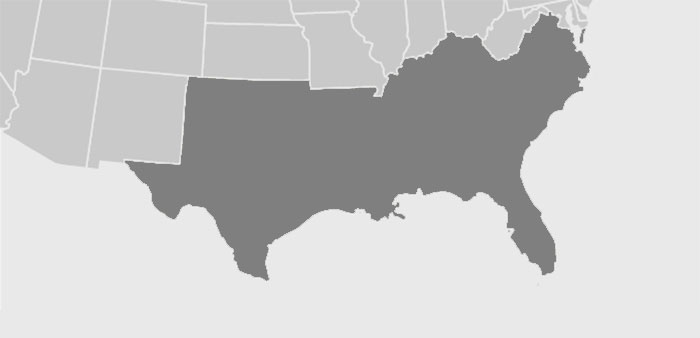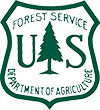State Resources
Alabama Arkansas Florida Georgia Kentucky Louisiana Mississippi North Carolina Oklahoma South Carolina Tennessee Texas Virginia Southern RegionNorth Carolina Forestry Facts
Total Land Area (ac):
31.1 million
Forest Land Area (ac):
18.8 million
Timberland Area (ac):
18.1 million
Private Ownership (%):
86% of timberland
Source:
FIA 2014 Survey


North Carolina Economic Impact Reports*
Amid growing national concern over the condition of forest lands in the United States, scientific forest management was first introduced on the Biltmore Estate and Pisgah Forest in 1892. George Vanderbilt’s acceptance of scientific management led him to hire Gifford Pinchot and then Carl Schenck to manage his forest lands. Schenck’s perceived need for trained foresters to carry out scientific management led to his creation of the Biltmore Forest School and a tradition that has had continuing impact on forests of North Carolina and the nation.
- History of North Carolina ForestsRecent News
Westerman, Bipartisan Congressmen Launch Working Forests Caucus New Interactive Map Tells Story of Forest Products in the SouthExternal Resources
North Carolina Cooperative Extension Economic Impact Data North Carolina Forest Service North Carolina Forest Service North Carolina Forest Service 2017 Biennial ReportAre we missing any publications?
Let us know!
2022
-
North Carolina Economic Contribution Data 2013-2022
NC State Extension -
North Carolina State and Private Forestry Fact Sheet 2022
North Carolina Forest Service
2021
2019
2018
-
State Industry Economic Impact
American Forest & Paper Association -
Economic Contribution of the Forest Sector in North Carolina, 2016 - Fact Sheet
NC State Extension
2017
2016
2015
2014
2013
2012
2011
2010
2007
2004
2003
2002
2000
1996
* As of 2015, no standard methodology exists for producing economic impact or economic contribution reports. Please exercise caution when viewing and comparing reports as each may vary significantly in terms of source data and analysis and reporting methodology.




